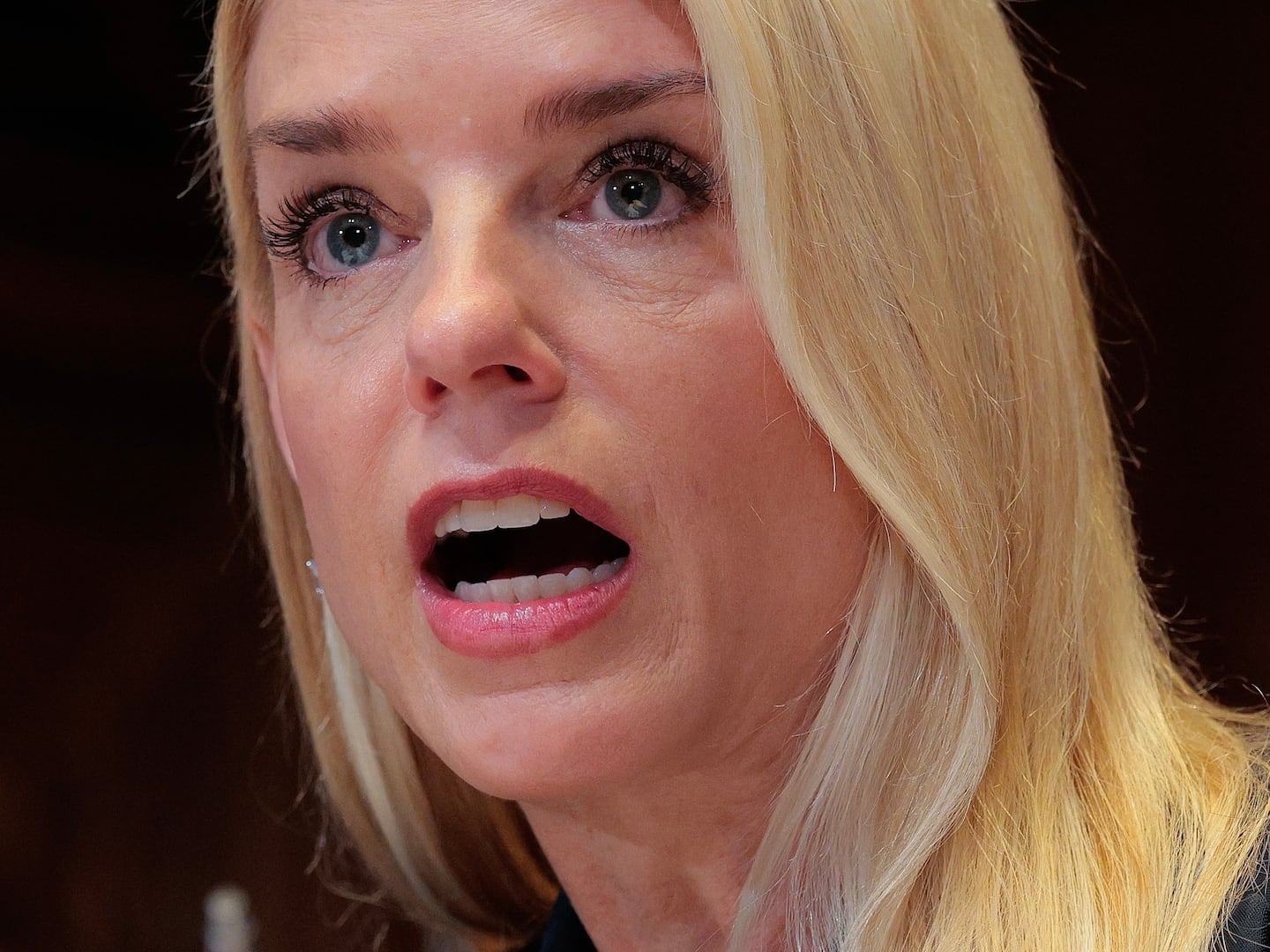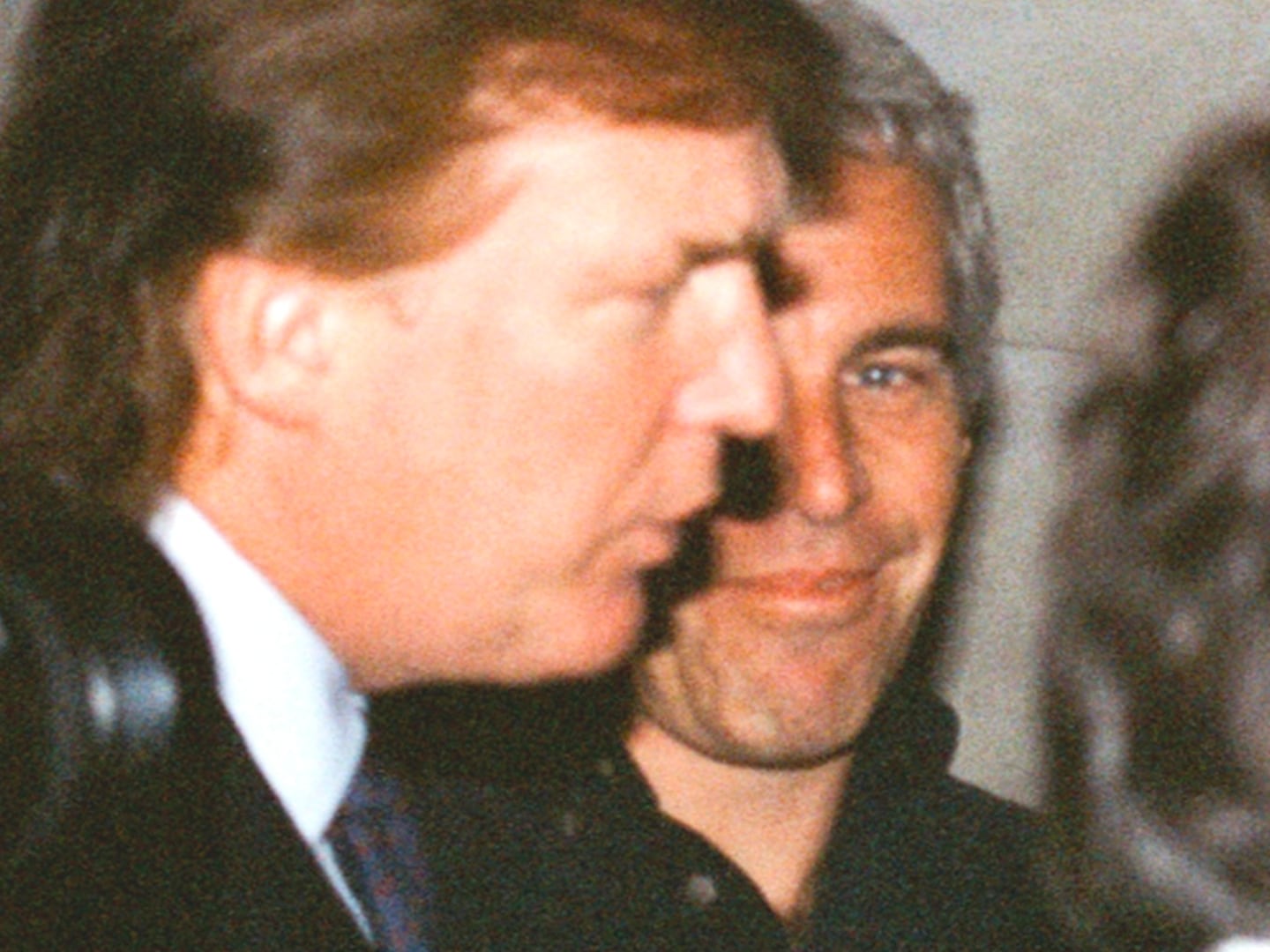
My post on Walmart and Costco naturally attracted some rather--spirited--attention. Commenter Meri Lino demands to know why I treat Walmart's business model as if it were baked in the cake, rather than something that could be changed--or to put it in jargon, why I acted as if their business model is an exogenous, rather than endogenous variable.
The fallacy in the analysis is the assumption that a business model is like DNA-- that it is independent of its environment. The question that includes consideration of the kind of life that Walmart permits its workers to live and the kind of towns Walmart creates is the one that is directed to the what can be done for Walmart's employees --and not just what can be done for its stockholders.
Meri Lino is right: my post did assume that Walmart cannot easily change its business model. I wrote that because that is what I believe--about all businesses, not just about Walmart. And the reason I think this is that you see so many once successful companies that cannot seem to change their business model even when that model is failing: what you might call an "extinction level event".

DNA may be a very good analogy, in fact: genetics is not entirely destiny, as there's obviously a big environmental component to things like cancer risk, but nonetheless, your DNA limits the forms a human body can take, and it is very difficult to change. Walmart's DNA makes it a costcutter--the most successful one in its niche. Its competitive advantages are size, reach, and fantastic logistical dexterity. Those are formidable abilities have made it an amazing powerhouse in the markets it serves. But they are disadvantages in other markets (luxury handbags, say). Walmart can be many things to many people. But it cannot be all things. Its heritage has limited its possibilities in some ways even as it expands others. And this is true of virtually all companies, just as it was true of dinosaurs and mammals.
And yet, the argument that people continue down dead ends merely because they hate change seems inadequate. After all, people also hate losing their jobs and their money. As economists like to say, most people are risk-averse—it’s why unions accept wage cuts to keep pensions and health-care benefits, and why extended warranties are big business for Best Buy. Firms are full of these mostly risk-averse people. So why do they so commonly refuse to swerve?
One possibility is that firms don’t change because inertia is in their DNA—indeed, it’s a gene that once made many of them successful. In their 1989 book, Organizational Ecology, Michael Hannan and John Freeman argue that organizations are actually selected for inertia by their environment, and “rarely change their fundamental structural features.” Change is risky, after all, since it definitionally involves doing something that isn’t already working—and even product lines that have grown lackluster still have some customers. Firms that are prone to frequent large changes will probably have more opportunities to kill themselves off with bad choices than firms that resist big changes.
Moreover, the need for accountability and reliability in the modern economy selects against constant radical experimentation—people like knowing that their bank has cumbersome and invariable procedures for keeping track of deposits, for instance. Think of McDonald’s, where a core premise is that no matter where you go, the food and decor will be reliably, exactly the same. Or consider what happened to Coke after it tried to change the recipe of its iconic product, even though taste tests showed that most people actually liked the new version better. The larger and older the firm is, the heavier the selection for stability.
This is a powerfully attractive model for explaining why innovation so often seems to be driven by newcomers, rather than by profitable incumbents with huge R&D budgets. It also helps explain why so many companies in turnaround situations are gripped by inertia.
Blockbuster, for instance, promised—and for a long time delivered—reliability and ubiquity. Most customers were never more than a few minutes from a bright, clean, spacious store with an ample selection of the latest videos. But eventually that commitment to ubiquity and sameness killed the company. Blockbuster did see the possibilities of streaming, and explored some partnerships to exploit them, but was slow to roll out changes to its core business (as late as August 1999, only 1,000 Blockbuster stores even carried DVDs). Meanwhile, the commitment to ubiquity had caused the firm to take on a mountain of debt to lease all that pricey real estate. At some point, the company needed to leap into the unknown. But by the time its managers all held hands and took the plunge, the clock had run out. Blockbuster’s online DVD-rental service, launched in 2004, was far too little, and far, far too late.*
When Barack Obama sat down with the auto task force, the first thing he reportedly asked was "Why can't they make a Corolla?" The answer was not recorded, but had I been there, I would have pointed out that this question is functionally equivalent to asking "Why can't they be Toyota?" And the answer to that question is "Because they're not good at being Toyota. They're good at being GM." Once successful companies are out of their early-ish growth phase, they've acquired a culture, a reputation, a whole lot of institutional capital that is optimized for doing whatever it is that makes them so profitable. That stuff is very useful to the task of being that company, not so helpful to the task of being a different company in a different industry, or market niche.
You can think of it in terms of people, who go through a similar lifecycle. Early on, there are a lot of different things you could do. But once you're a successful dentist at 40, you're not very likely to suddenly become a great pro baseball player, or even a top-notch corporate lawyer. Maybe you could have done those things, once, but now you've spent several decades specializing everything--your life, your skill set, even your personality--to the business you chose. If some whizzy new scientific advance put dentists out of business tomorrow, you'd have to have quite a bit of nerve to sit down with an unemployed dentist and say, "Why can't you just do heart surgery? That's really useful, and it pays well."
Of course, at corporations those problems are multiplied by the number of people who have to change, and don't particularly want to. Just as the employees design the institution to a particular market niche over the years, the institution optimizes the employees to a particular corporate culture. People who don't like your corporate culture tend to leave, which means that over the years, you tend to accumulate a workforce which is broadly happy with the way things run now. So when you attempt radical change, no matter how necessary, your workforce is going to be fighting you the whole way.
The older your company is, the more true this is. Corporate culture is so powerful that I have spoken to leaders who fired nearly their whole staff in a quest to wipe out a culture that had become dysfunctional under new market conditions--only to see the small number of old employees re-propagate that same problem culture to the new staff.
The UCLA sociologist Gabriel Rossman told me, “If new entrants assimilate to whatever is the majority at the time they enter, and if new entrants trickle in slowly, then the founding culture can persist over time, even if over the long run they make up a tiny minority.” This is why Americans speak English even though more of us are ethnically German or Yoruba. In linguistics and sociology, it’s known as the “founder effect.” In corporations, it’s known as “how we’ve always done things.”
I don't want to be entirely fatalist: you can usually eradicate a dysfunctional corporate culture if you are determined enough, and willing to fire enough people. But then you've essentially created a whole new company, one that has to get good at whatever you've decided the company's new tasks should be--essentially, a startup with some brand equity.
Becoming a market leader in any business is a hard feat, which is why so many turnarounds (and startups) fail. They fail even if there's no obvious problem with the corporate culture: Kodak was willing, even eager to change, but when its core market failed, the company just couldn't find something else profitable to do with all that institutional and human capital they had lying around.
All of which is a long way of saying that while environment does indeed affect companies, it usually doesn't affect them by changing their behavior; it affects them by shrinking or killing them. So while Walmart may eventually be unionized (though I doubt it), it is never going to change into Costco, or even a reasonable fascsimile thereof; at best, you'd add a dysfunctional, bitterly adversarial relationship between corporate and union bureacracies, much like the one that helped doom the Big Three automakers.
Or Walmart might be killed by the market and replaced by a discount department store that is more like Costco; even business titans are often eventually brought low. But it is unlikely to make that transition itself, anymore than you could turn yourself into your neighbor, or an orangutan.






